Discovering past family members in 1871 is easy for us to do because of the availability of the UK census taken in that year. Doing this research on TheGenealogist benefits from a number of things. Firstly we get the benefit of being able to use its SmartSearch, where you can click through from the transcript to carry out a potential marriage search for the head of the household, or potential birth SmartSearch for the children. Another advantage for researchers is being able to see where their ancestors lived in this year and explore the streets where they lived and all around the neighbourhood. The 1871 census has now joined the 1881, 1891, 1901 and the 1911 decennial censuses that identify the location of the household on detailed and georeferenced maps. Viewed via TheGenealogist’s powerful Map Explorer™, these will show the Parish, thoroughfare, or often the exact plot of where the household lived.
Once we have found our ancestors recorded in the 1871 census, it is interesting to put their lives into context by thinking about what was happening in the UK this year. Queen Victoria was on the throne and it was in March of that year that she opened the Royal Albert Hall in London. The month before, on the 10th February, the Great Gale of 1871 had hit the North of England wrecking twenty-eight ships and causing over fifty fatalities including the six crew of the Bridlington life-boat.
In January of this year the Rugby Football Union was established in London and on the 7th March the first rugby international was played in Edinburgh the result was a 4-1 win by Scotland over England. On 26th May Parliament passed the Bank Holidays Act creating four annual bank holidays for England, Ireland and Wales and five in Scotland.
“An entirely original Grotesque Opera in Two Acts”
This was also the year when the first of Gilbert and Sullivan’s light opera collaborations premiered at the Gaiety
Theatre in London. Advertised as An entirely original Grotesque Opera in Two Acts
, Thespis did modestly well, but
despite this the two composers didn’t work together for another four years.
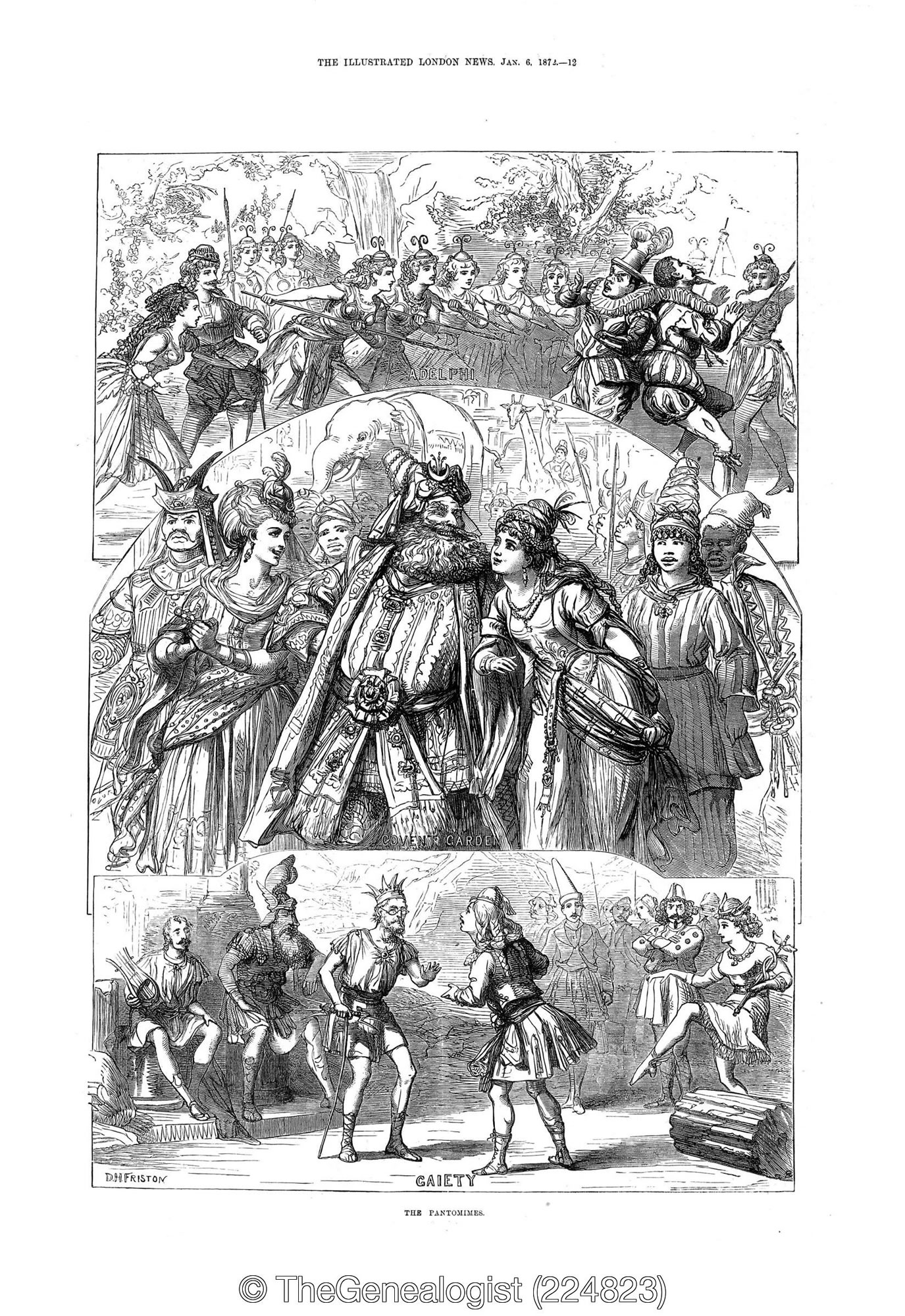
By using TheGenealogist, we are able to find both William S Gilbert and Arthur Sullivan in the census records taken on the 2nd April 1871. In these we find Mr Gilbert living at 8 Essex Villas in Kensington while Mr Sullivan is in Victoria Street, Westminster. By searching for William Gilbert in the 1871 census we can use the map that TheGenealogist provides us with to see that his home in Essex Villas was situated close to Holland Park in the tree-lined streets of Victorian homes typical of that area.
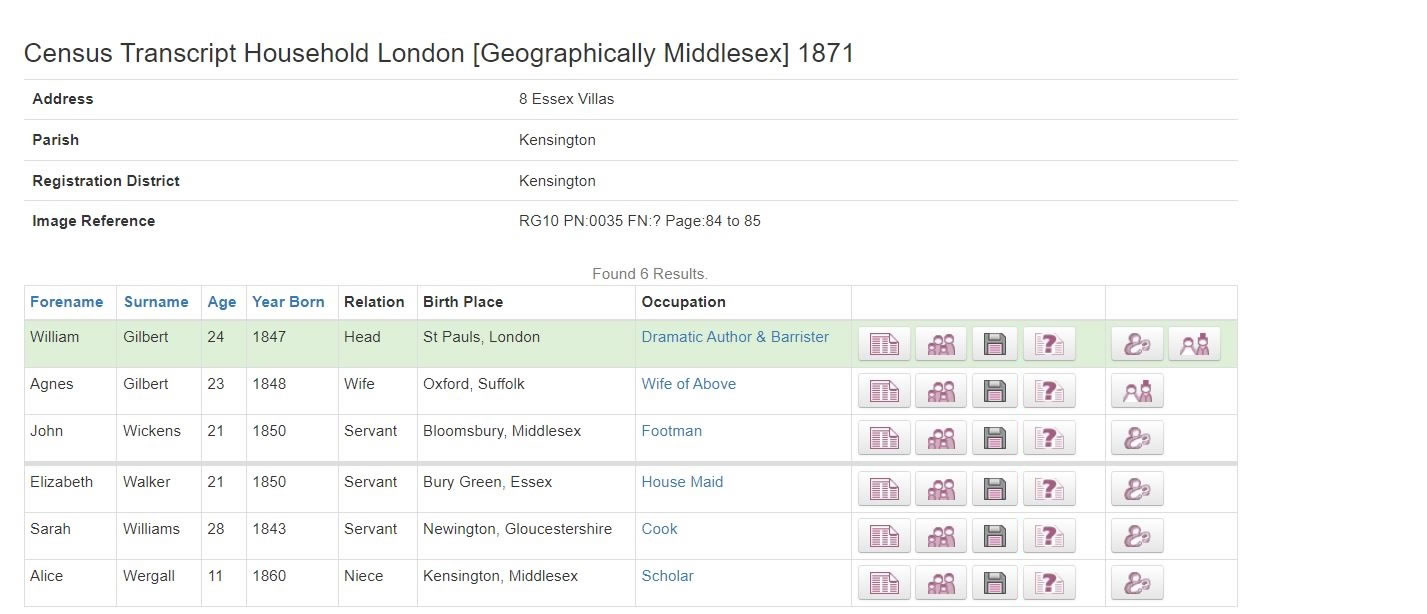
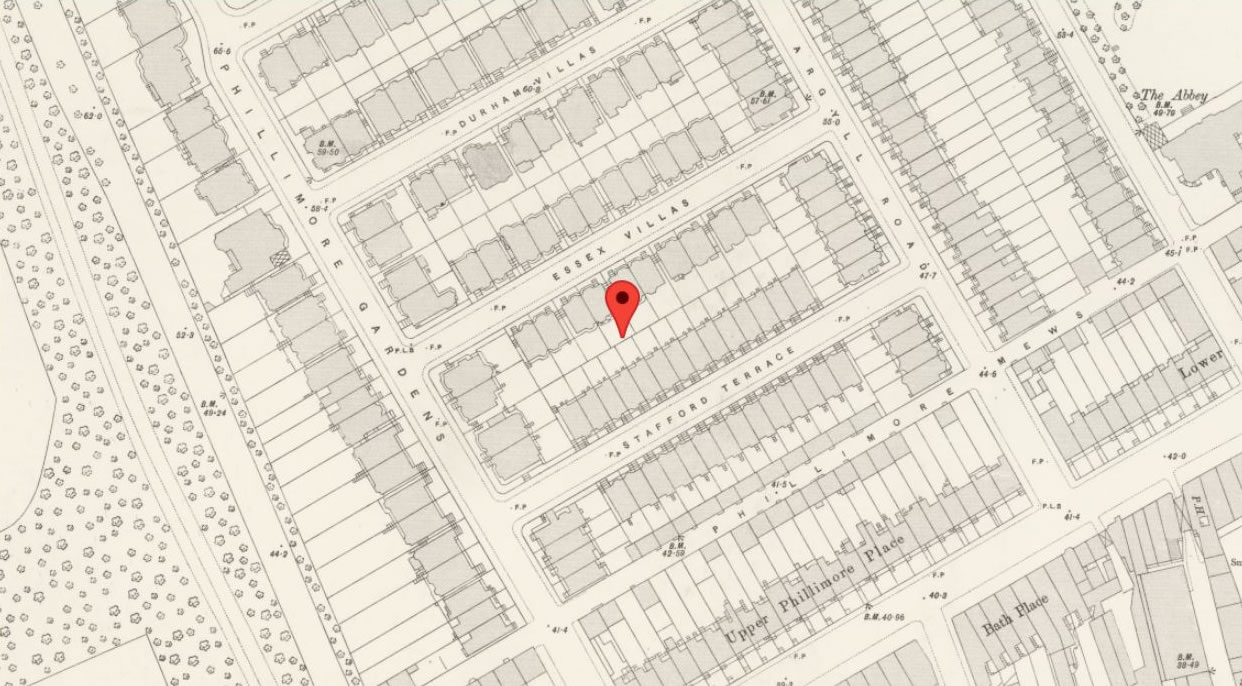
At the same time, the other member of the music writing duo, Arthur Sullivan, is seen to be a stone’s throw away from Westminster Abbey at 1 Albert Mansions in Victoria Street, Westminster.
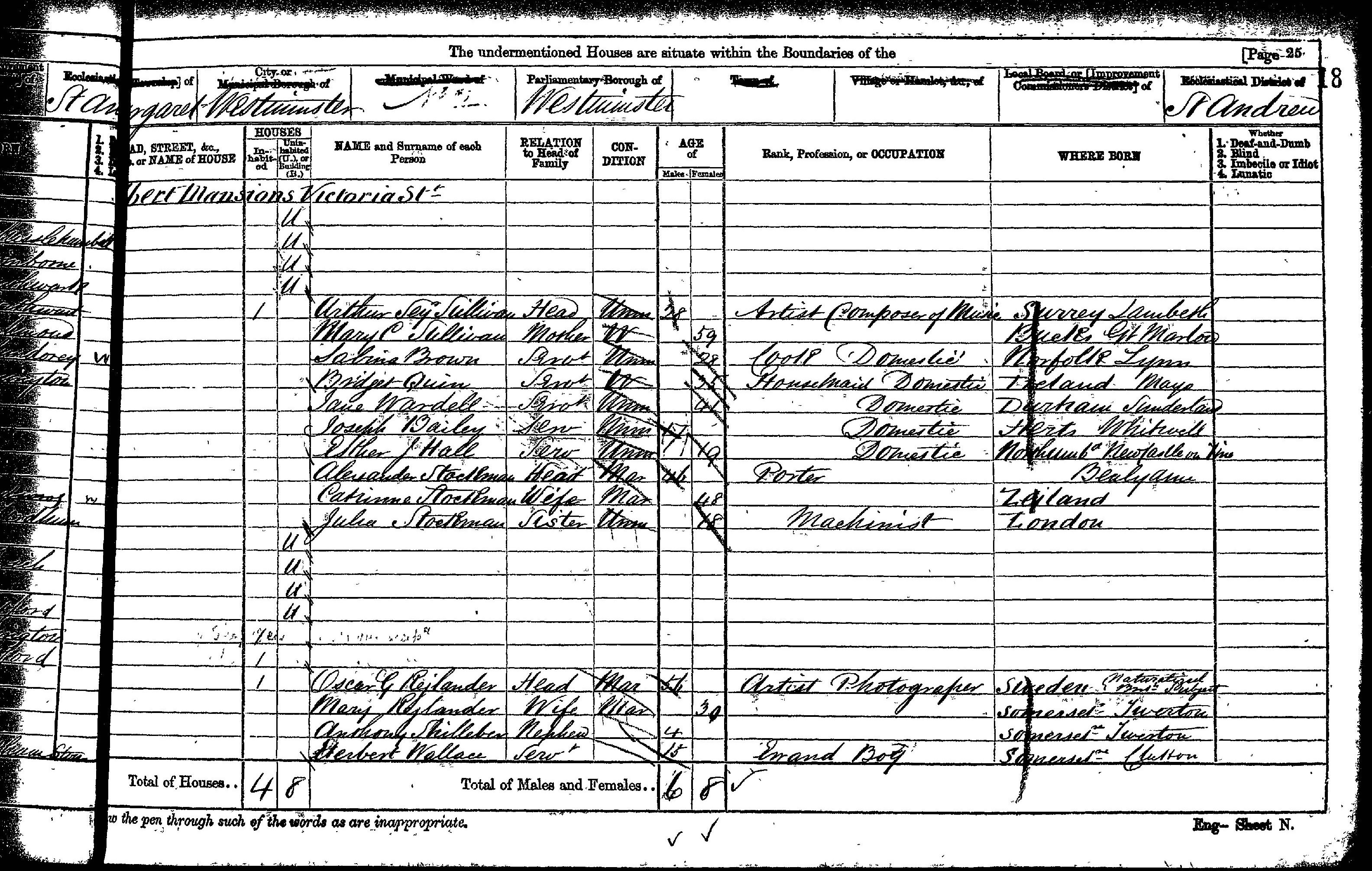
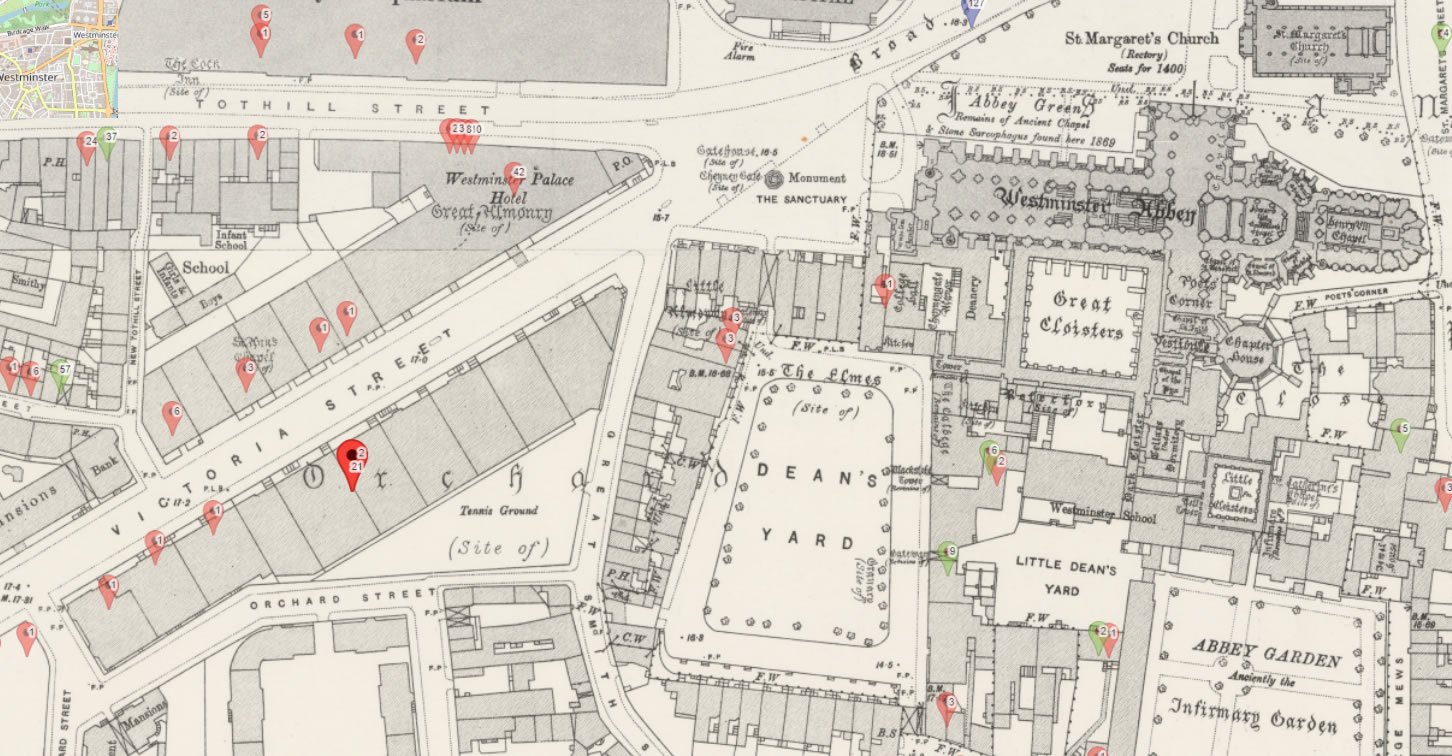
Engineering prowess in 1871
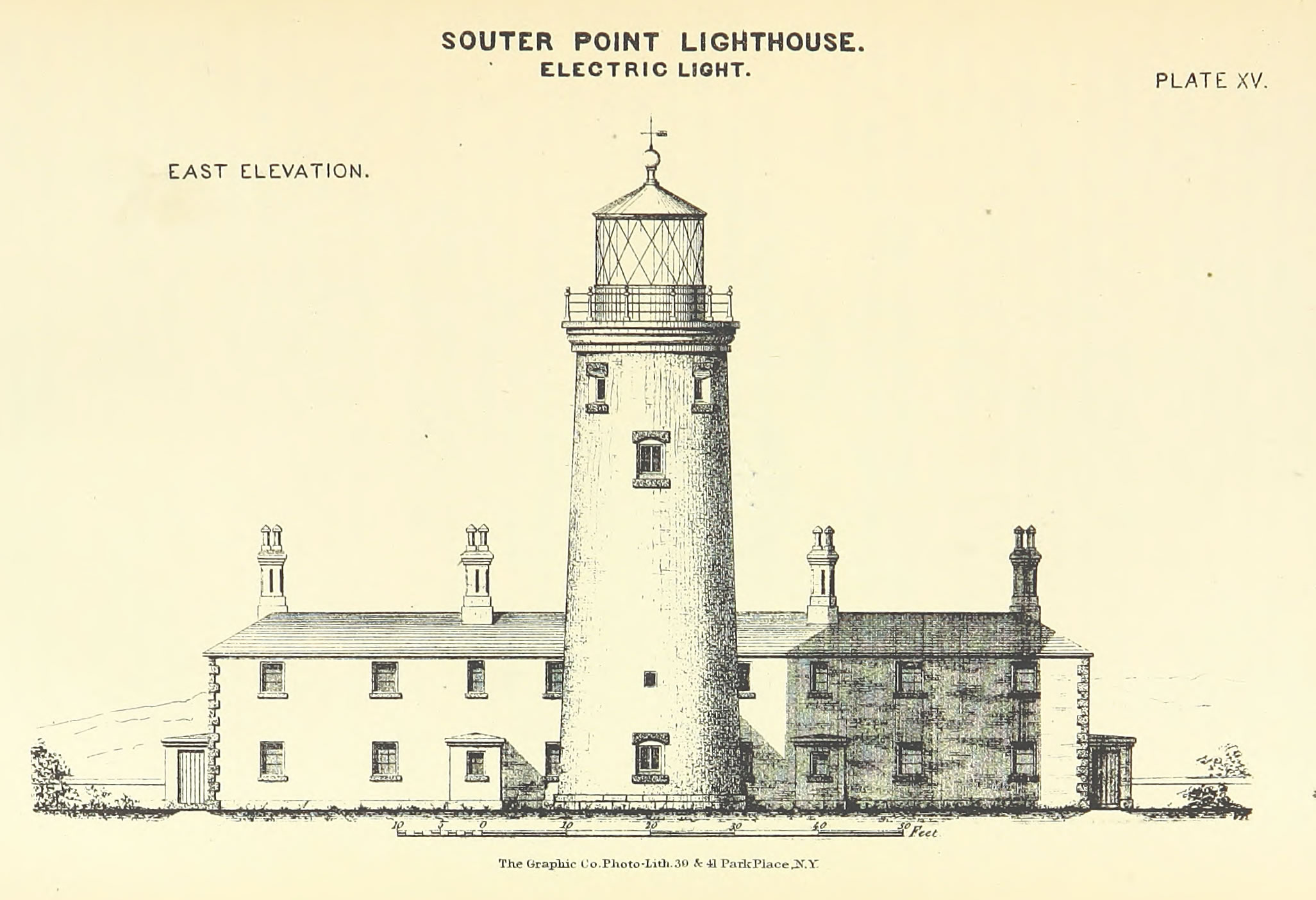
The Victorian times saw great leaps forward in engineering and so it is no surprise that 1871 was the year that the first lighthouse in the world to be designed and built specifically to use alternating electric current, which gave it the distinction of being the most technologically advanced lighthouse of its day, was commissioned in Tyne and Wear, three miles south of the mouth of the River Tyne. Souter Point Lighthouse, with its light generated by a carbon arc lamp, became one of the most powerful lights in the world when it was switched on. We are able to see the names of the lighthouse keepers recorded in the 1871 census and by using the link to Map Explorer™ see its position north of the village of Whitburn close to Marsden and actually closer to Lizard Point than Souter Point. However, it took the later name so as not to confuse it with the Lizard lighthouse down in Cornwall.
Access Over a Billion Records
Try a four-month Diamond subscription and we’ll apply a lifetime discount making it just £44.95 (standard price £64.95). You’ll gain access to all of our exclusive record collections and unique search tools (Along with Censuses, BMDs, Wills and more), providing you with the best resources online to discover your family history story.
We’ll also give you a free 12-month subscription to Discover Your Ancestors online magazine (worth £24.99), so you can read more great Family History research articles like this!
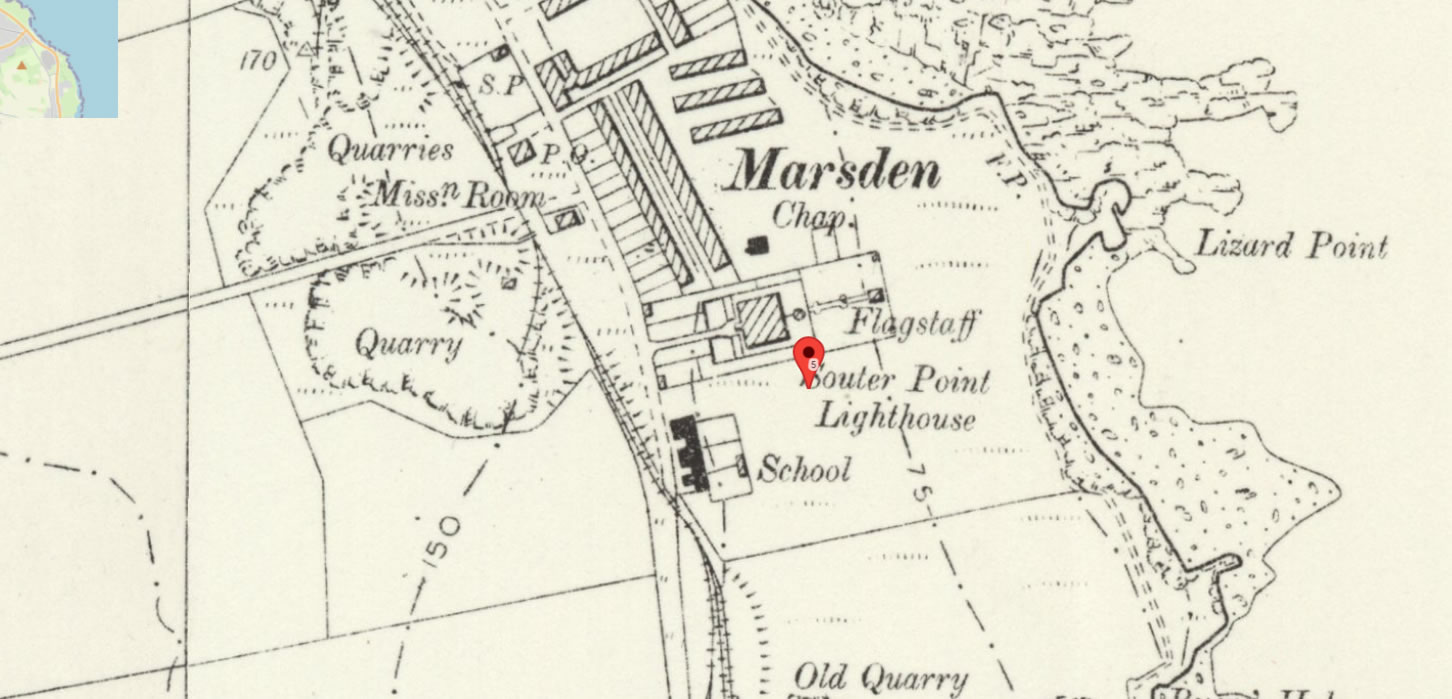
Read all about it!

The Tichborne case was a legal cause célèbre that captivated Victorian England in the 1860s and 1870s reaching the Court of Common Pleas in the census year of 1871. It concerned the claims by a man sometimes referred to as Thomas Castro, and at other times as Arthur Orton. The reports often simply referred to him as The Claimant. This man set out to be recognised as Sir Roger Tichborne, the missing heir to the Tichborne baronetcy who was presumed to have died in a shipwreck off Brazil in 1854 at age 25. Rumours that another ship had picked up survivors and taken them to Australia, gave Lady Tichborne hope that her son had survived.
The Claimant persuaded Lady Tichborne that he was indeed her son, but other family members still had their doubts. In
the protracted enquiries that took place before the case went to court in 1871, details began to emerge that
suggested that he might be Arthur Orton, a butcher’s son from Wapping in London. Orton had gone to sea as a boy and
had last been heard of in Australia. The Claimant was a bankrupt Wagga Wagga butcher who was using the name Thomas
Castro. During the bankruptcy examination that he had gone through in Australia, Castro had mentioned an entitlement
to property in England. He had also mentioned that he had been shipwrecked, plus he smoked a briar pipe carrying the
initials R.C.T.
.
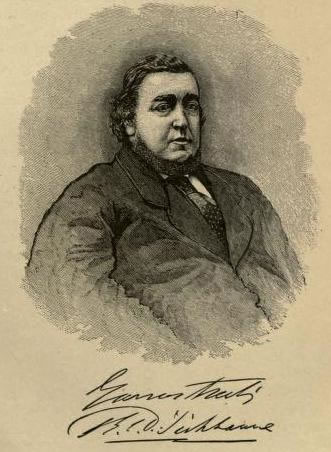
A civil court in England had rejected the Claimant’s case, but that was not the end of the matter; he was then charged with perjury. While awaiting trial for this he campaigned throughout the country to gain popular support. His case then came to court before the Chief Justice of Common Pleas. At the time of his trial, in 1871 and though bankrupt, the Claimant was living as Sir Roger Tichborne in Kensington. A search of TheGenealogist finds his household at 10 Harley Road where he gives his occupation as Land Owner and Baronet.

Then in 1874, a criminal court jury decided that the Claimant was not Roger Tichborne and declared him to be Arthur Orton. The judge passed a total sentence of 14 years on him, as we can see from the HO8 criminal records on TheGenealogist, though we can see that he continues to be recorded in these records as Thomas Castro, notwithstanding that he had been found to be Arthur Orton.
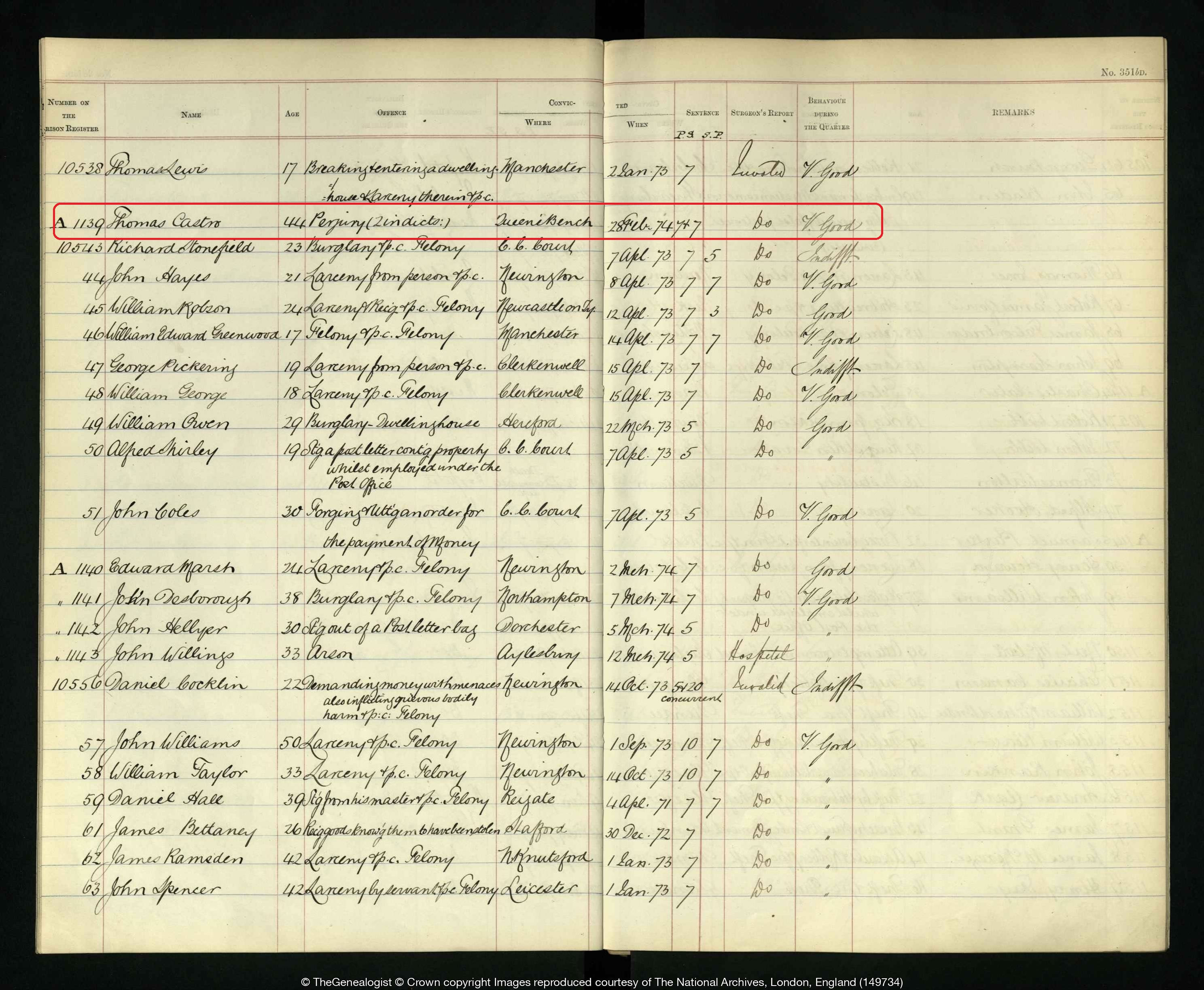
Our ancestors would have probably followed these events, as they were widely reported in the news at the time. A great deal more happened in 1871 than we have been able to touch upon in this short piece, but what we have seen here is that having identified our ancestors in a record it is often fascinating to go on to look at what was going on around them in their world. TheGenealogist, with its wide range of records can help you to do that.






